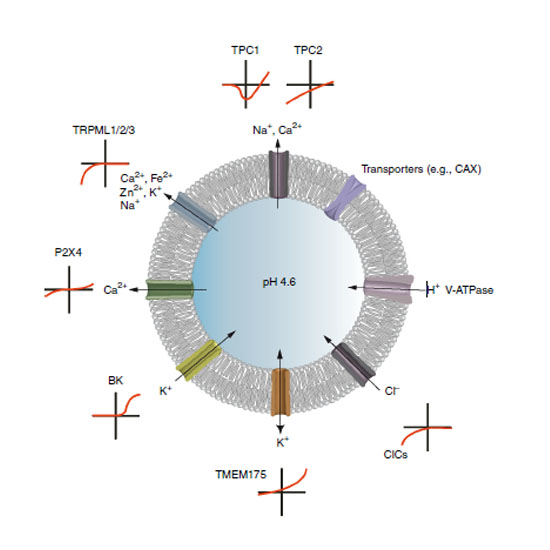Patch-clamp technique to characterize ion channels in enlarged individual endolysosomes
20-Jul-2017
Nature Protocols, volume 12, pages 1639–1658, https://doi.org/10.1038/nprot.2017.036
Nature Protocols, online article
According to proteomics analyses, more than 70 different ion channels and transporters are harbored in membranes of intracellular compartments such as endosomes and lysosomes. Malfunctioning of these channels has been implicated in human diseases such as lysosomal storage disorders, neurodegenerative diseases and metabolic pathologies, as well as in the progression of certain infectious diseases. As a consequence, these channels have engendered very high interest as future drug targets. Detailed electrophysiological characterization of intracellular ion channels is lacking, mainly because standard methods to analyze plasma membrane ion channels, such as the patch-clamp technique, are not readily applicable to intracellular organelles. Here we present a protocol detailing how to implement a manual patch-clamp technique for endolysosomal compartments. In contrast to the alternatively used planar endolysosomal patch-clamp technique, this method is a visually controlled, direct patch-clamp technique similar to conventional patch-clamping. The protocol assumes basic knowledge and experience with patch-clamp methods. Implementation of the method requires up to 1 week, and material preparation takes ∼2–4 d. An individual experiment (i.e., measurement of channel currents across the endolysosomal membrane), including control experiments, can be completed within 1 h. This excludes the time for endolysosome enlargement, which takes between 1 and 48 h, depending on the approach and cell type used. Data analysis requires an additional hour.











